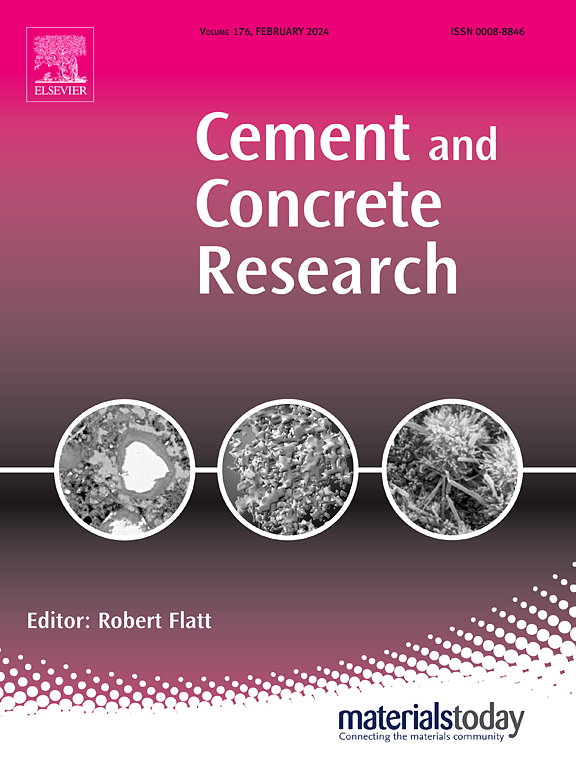通过蕾丝压印混凝土:头、肩、膝、脚趾
IF 13.1
1区 工程技术
Q1 CONSTRUCTION & BUILDING TECHNOLOGY
引用次数: 0
摘要
3D混凝土打印提供了令人兴奋的可能性,可以在没有传统模板的情况下创建复杂的形状,但保持几何精度仍然是一个挑战。早期干燥、重力诱导应力和挤压不一致等问题会影响打印结构的质量。本研究探索了花边压制技术,其中打印头与材料保持接触,以尽量减少变形和提高精度。通过实验,我们在打印层中确定了三个不同的区域——肩部、稳态和脚趾——每个区域都受到材料屈服应力、重力诱导应力和层压的影响。工艺参数的系统变化揭示了这些区域的边界和特征。引入了一个理论模型,结合无量纲参数,以预测这些区域的塑性破坏和变形的开始。结果不仅验证了模型,而且强调了它在优化打印过程和从基准打印中追溯材料性能方面的潜力。这些发现通过提供更精确的构建工具,有助于推进3DCP。本文章由计算机程序翻译,如有差异,请以英文原文为准。
Concrete printing through lace pressing: Head, shoulders, knees and toes
3D concrete printing offers exciting possibilities for creating complex shapes without traditional formwork, but maintaining geometrical accuracy remains a challenge. Issues like early drying, gravity-induced stresses, and extrusion inconsistencies can compromise the quality of printed structures. This study explores the lace pressing technique, where the printhead stays in contact with the material to minimize deformation and improve precision. Through experiments, we identified three distinct zones within printed layers—shoulders, steady-state, and toes—each influenced by material yield stress, gravity-induced stresses, and layer pressing. Systematic variation of process parameters reveals the boundaries and characteristics of these zones. A theoretical model is introduced, incorporating dimensionless parameters, to predict the onset of plastic failure and deformation across these regions. The results not only validate the model but also highlight its potential for optimizing printing processes and retro-engineering material properties from benchmark prints. These findings contribute to advancing 3DCP by providing tools for more accurate builds.
求助全文
通过发布文献求助,成功后即可免费获取论文全文。
去求助
来源期刊

Cement and Concrete Research
工程技术-材料科学:综合
CiteScore
20.90
自引率
12.30%
发文量
318
审稿时长
53 days
期刊介绍:
Cement and Concrete Research is dedicated to publishing top-notch research on the materials science and engineering of cement, cement composites, mortars, concrete, and related materials incorporating cement or other mineral binders. The journal prioritizes reporting significant findings in research on the properties and performance of cementitious materials. It also covers novel experimental techniques, the latest analytical and modeling methods, examination and diagnosis of actual cement and concrete structures, and the exploration of potential improvements in materials.
 求助内容:
求助内容: 应助结果提醒方式:
应助结果提醒方式:


